Repair of Asko washing machine faults
 When engaged in professional repair of washing machines, it is quite rare to encounter Asko washing machines. In Russia they are much less common than Indesit, Samsung, LG and similar well-known brands. Repair of Asko washing machines, as well as breakdowns of such equipment, have their own specifics. These breakdowns will be the subject of our conversation.
When engaged in professional repair of washing machines, it is quite rare to encounter Asko washing machines. In Russia they are much less common than Indesit, Samsung, LG and similar well-known brands. Repair of Asko washing machines, as well as breakdowns of such equipment, have their own specifics. These breakdowns will be the subject of our conversation.
The most typical breakdowns
As already mentioned, there are few Asko washing machines in Russia, however, they break down quite often. Owners of washing machines of this brand contact service centers around the country with approximately the same problems:
- the drum does not spin or spins too slowly;
- the hatch either does not close at all or is not blocked;
- washing occurs in cold water, with any washing program the water does not heat up;
- The Asko washing machine refuses to drain waste water and freezes.
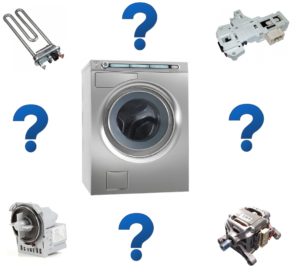 In general, the situation with Asco washing machines is quite surprising. It is known for certain that in Finland almost ¼ of all families use these automatic washing machines and are very satisfied. If we take the statistics of their service centers, then we can easily put Asco washing machines on a par with German-made Miele or AEG. In Russia and the CIS countries the situation is exactly the opposite, because here Asko washing machines break down more often than others.
In general, the situation with Asco washing machines is quite surprising. It is known for certain that in Finland almost ¼ of all families use these automatic washing machines and are very satisfied. If we take the statistics of their service centers, then we can easily put Asco washing machines on a par with German-made Miele or AEG. In Russia and the CIS countries the situation is exactly the opposite, because here Asko washing machines break down more often than others.
For example, in Zelenodolsk there are only 7 Asko washing machines, if, of course, you believe the data from their service centers. And all these washing machines have been repaired several times with the same breakdowns: sunroof, heating element, engine, pump, pipes. The quality of the parts is disgusting, and the assembly does not look like European ones.In general, we asked ourselves the question of the true origin of Asco washing machines, but we did not receive adequate information, so we return to our main question - typical breakdowns of washing machines of this brand.
For your information! Did you come across an Asko washing machine made in Finland or Sweden? Consider yourself lucky, even used Asko equipment that has worked in Europe for 10 or more years is used by subsequent owners for another 15-20 years.
The drum does not rotate
Most often, repair of Asko washing machines is required in cases where the motor does not rotate the drum with laundry well or refuses to rotate it at all. It would be a little easier to figure out the problem and fix the washing machine yourself if the self-diagnosis system always worked. And so it turns out that the drum does not spin and no errors appear.
What is the reason? The most common reason for this behavior of a washing machine is the drive belt. It doesn’t seem to jump off, but at the same time, sliding along the engine pulley, it cannot rotate the drum pulley normally. As a result, it turns out that the drum under load either stands still or rotates extremely slowly at 100-150 rpm. At this speed, let alone wringing, washing and rinsing will not work.
If we look deeper into the problem, then the issue here is not even the belt itself, since, apart from abrasions, it may be intact. The issue here is the engine pulley. How to change it?
Perhaps a low-quality pulley was installed at the factory, or perhaps it gets damaged during operation, but the fact remains that the pulley damages the drive belt and needs to be changed!
- We remove the back wall from the Asko washing machine with our own hands.
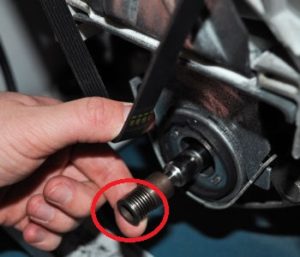
- We pull the drive belt off the pulleys and inspect it.
- We inspect the engine pulley, and if defects are found, we continue to work in this direction.
- Remove the wires from the engine and unscrew it.
- We take a household bearing puller and a blowtorch and go outside, since it is better not to carry out this kind of work in the house.
- We install the puller on the engine pulley and create a strong tension. There is no need to rip off the pulley right away, firstly, it won’t work, and secondly, you will break the puller.
- We light the blowtorch, wait for it to heat up, and then carefully begin to heat the engine pulley. Be careful, heat only the pulley, try not to touch other metal elements.
- Once heated, the pulley should come off with virtually no outside help.
- Then you cool the pulley, go to the store and buy the same part. If not in the store, you can order it online.
- We also install the new pulley while it is hot, having previously heated it to red with a blowtorch.
- After the new pulley sits, cool it and put the engine and belt in place. It's better to change the belt too.
- We install the back wall, and then connect and test the updated washing machine.
Be careful! If the washing machine gives an error code E01, the problem lies either in the motor itself or in the control board. In this case, it is better to contact a specialist.
Doesn't block the hatch
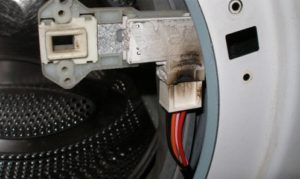 Quite often, Asko washing machines have to be repaired with their own hands due to a drum hatch that does not want to be locked. It all starts with the fact that the sunroof mechanism sometimes stops working, and the washing machine freezes when starting. Usually housewives quickly find a solution to the problem by pushing the hatch with their knee and restarting the Asko machine. After that, she washes normally for a while.Then a year or two passes, or maybe less, the hatch mechanism stops working altogether, and the machine accordingly stops washing.
Quite often, Asko washing machines have to be repaired with their own hands due to a drum hatch that does not want to be locked. It all starts with the fact that the sunroof mechanism sometimes stops working, and the washing machine freezes when starting. Usually housewives quickly find a solution to the problem by pushing the hatch with their knee and restarting the Asko machine. After that, she washes normally for a while.Then a year or two passes, or maybe less, the hatch mechanism stops working altogether, and the machine accordingly stops washing.
In such a situation, “pushing with the knee” no longer helps; you have to disassemble the hatch closing mechanism and change the locking device. About what to do if Washing machine door won't close, and how to fix it, read the publication of the same name.
Washable in cold water
A little less often, Asko washing machines have problems with water heating. Moreover, in most cases, the problem can be localized quite quickly, since when it occurs, the self-diagnosis system is triggered and an error code E05 appears on the display; less often, error E06 appears. What are the reasons for these errors?
- Thermal sensor does not work.
- There is no contact between the control module and the temperature sensor.
- The board triac responsible for controlling the heating element has failed.
- The heating element broke.
Which of these is broken in your Asko washing machine remains to be determined. Let's start with diagnosing the heating element and temperature sensor. But before diagnosing these elements, you need to get to them.
Important! Most automatic washing machines have heating elements with a temperature sensor either in the rear or in the front of the tank. In washing machines from Asko, the heating element is “stuck into the side” of the washing tank.
With such an unusual placement of the heating element, how to get to it? Nothing complicated, we remove the back wall of the washing machine, remove the drive belt so that it doesn’t get in the way, and lo and behold, the heating element is already in front of our eyes, or rather its contacts sticking out from the side of the tank. What are we doing?
- Take a multimeter and set the switch to the minimum value.
- Disconnect the wires from the contacts of the heating element and temperature sensor.
- We connect the multimeter probes to the contacts of the heating element. If the device display shows a resistance of around 28 Ohms (with a heating element power of 2 kW), then the heating element is working. If it shows zero or one, it means it is faulty.
- Now let's check the resistance of the temperature sensor. Disconnect the drain pipe from the tank and pour all remaining water from it into a suitable container.
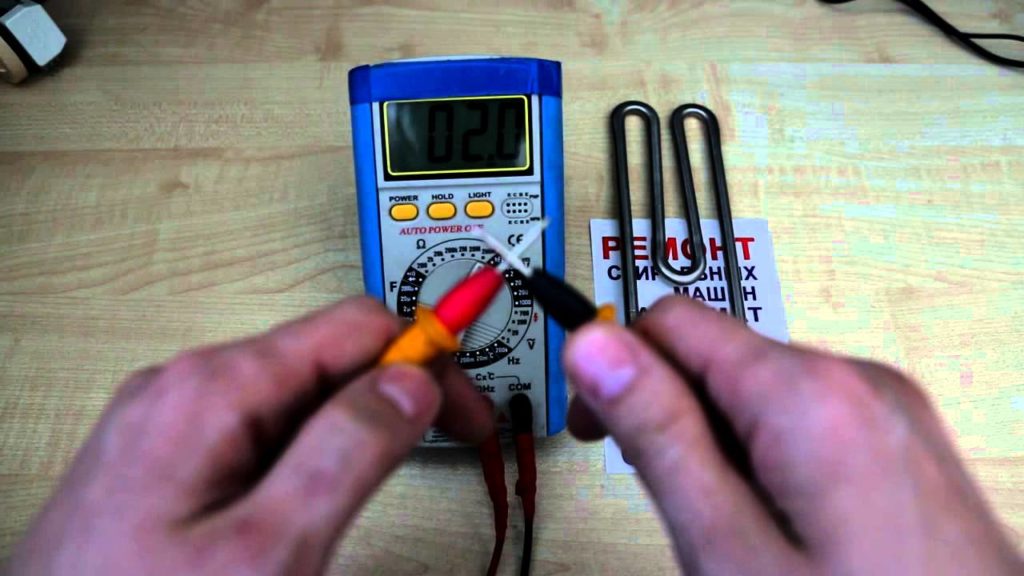
Note! When you drain the water from the tank, do not flood the contacts, wiring and motor, otherwise you will have to dry it all with a hairdryer.
- We take out the temperature sensor from the connector and put it aside.
- Fill a mug with warm water (300) and lower the temperature sensor there.
- After a couple of minutes, we take it out, set the multimeter to the minimum resistance value and lean the probes against the sensor contacts. If the device shows 40-60 Ohms, then everything is in order, 0-1 means it is not in order.
Next, you can check with your own hands the wires going from the heating element and temperature sensor to the control module, ringing them one by one. If the wires are intact, only the control module remains. We do not recommend trying to get to the control board on your own, because if it is damaged, repairs will be very, very expensive - contact experienced professionals.
Doesn't drain water
If the Asko automatic washing machine stops draining water and freezes, but the washing machine is dry under the body, it means one of the following breakdowns has occurred:
- the pipes or drain hose are clogged;
- the pump broke;
- The water level sensor does not work;
- there is a break between the control board and the pump or between the control board and the level sensor.
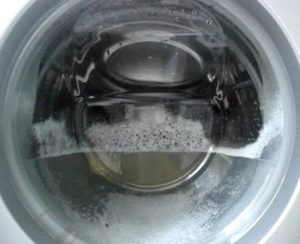 Before looking for the causes of the problem in electrical and electronics, let’s give the Asko washing machine a thorough cleaning. Cleaning the washing machine removing dirt will require some effort, but after this, normal water drainage can resume, and the “home helper” will smell very pleasant.
Before looking for the causes of the problem in electrical and electronics, let’s give the Asko washing machine a thorough cleaning. Cleaning the washing machine removing dirt will require some effort, but after this, normal water drainage can resume, and the “home helper” will smell very pleasant.
If cleaning does not help solve the problem, you will have to arm yourself with a multimeter and check the pump, water level sensor, and electrics one by one for breakdowns. First, we ring the pump, its operating resistance value is 144 Ohms, then we need to ring the water level sensor, its resistance should be about 60 Ohms. Well, at the end, we will test the wires going to the control module to check for a break; if there is no break, then the problem is in the microcircuit and you need to contact a specialist.
For your information! You can get to the pump and water level sensor through the back wall of the washing machine.
In conclusion, I would like to once again draw attention to this point. Most washing machine breakdowns can be fixed with your own hands if you carefully read the service instructions and the information that we publish in our articles. But if the problem is in the electronics, then it is better not to do the repair yourself; even a specialist who resolders the board does not guarantee that it will work. Don't finish off your washing machine, trust the professionals!
Interesting:
Reader comments
- Share your opinion - leave a comment



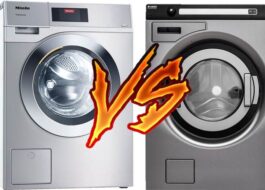
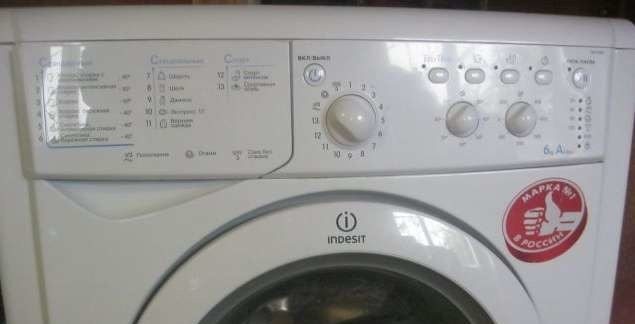

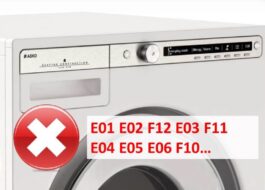














Add a comment